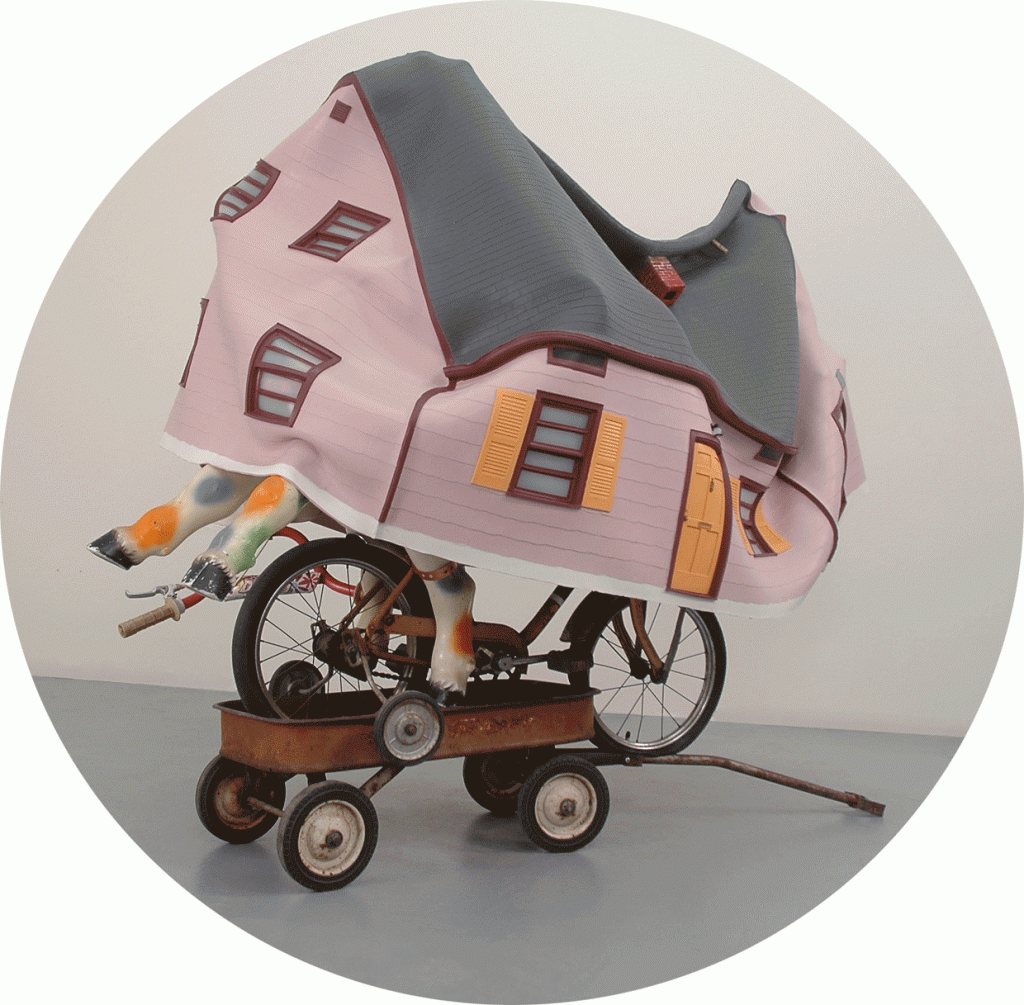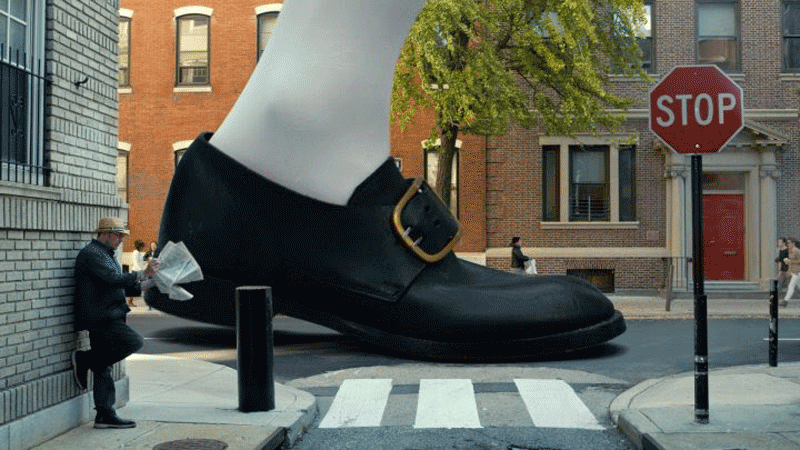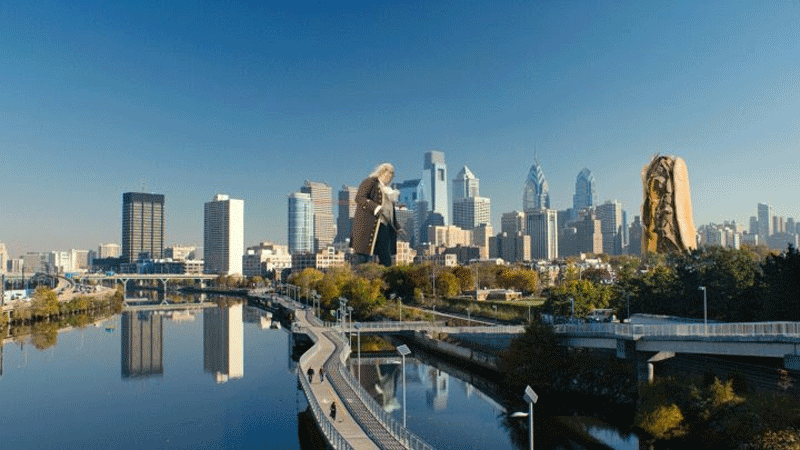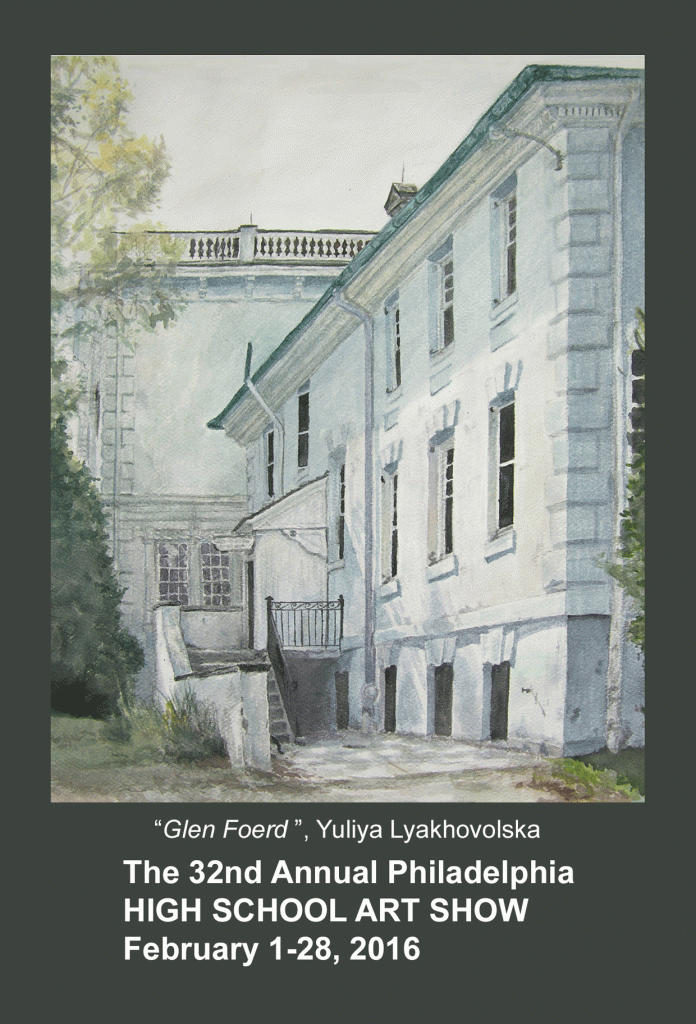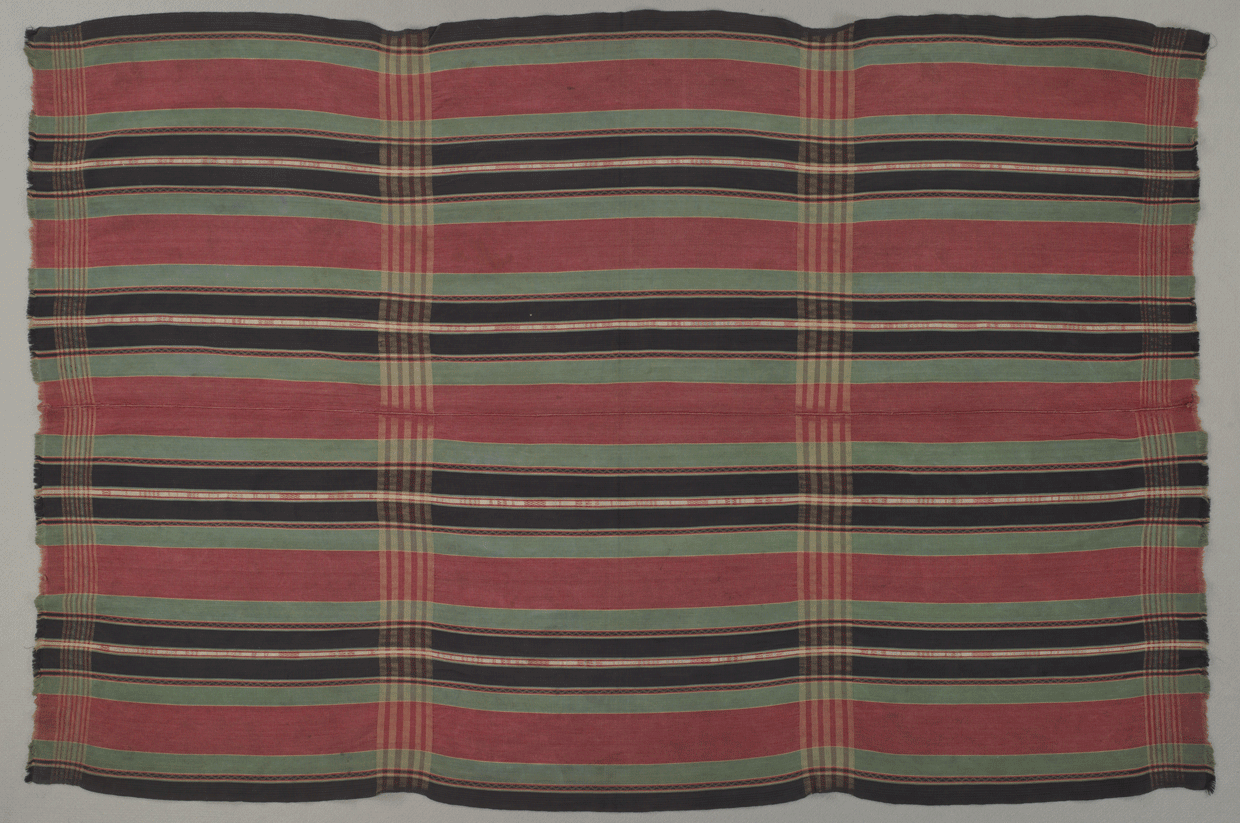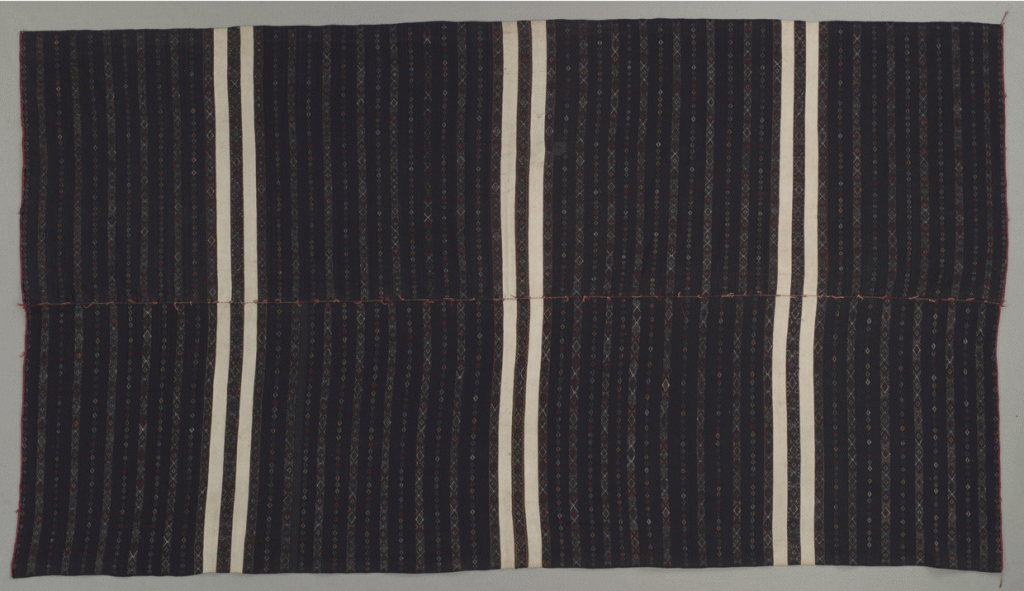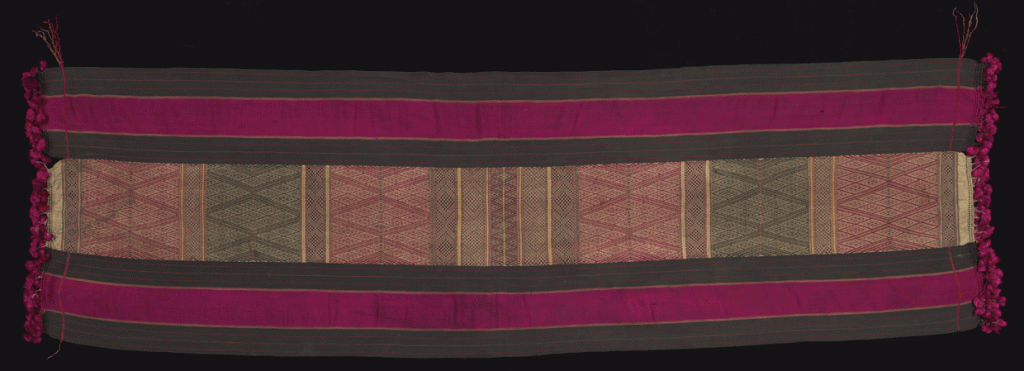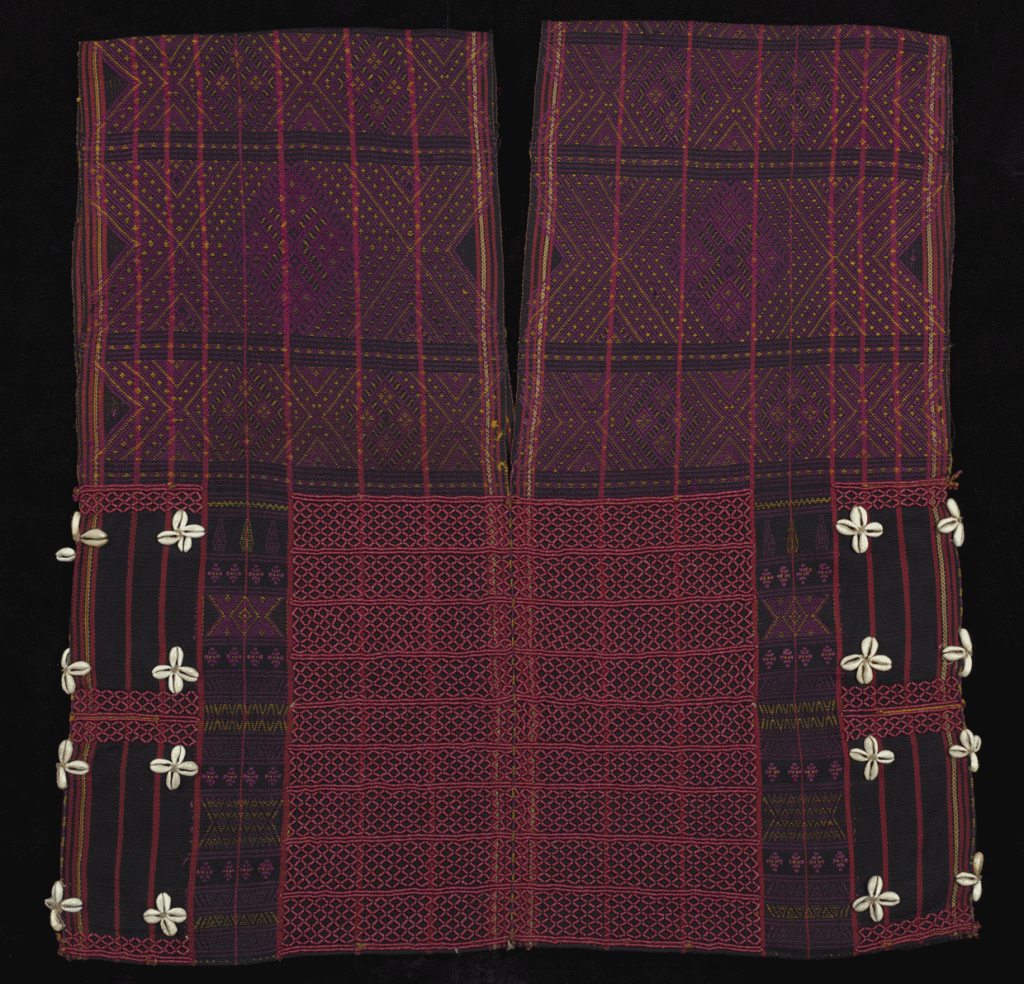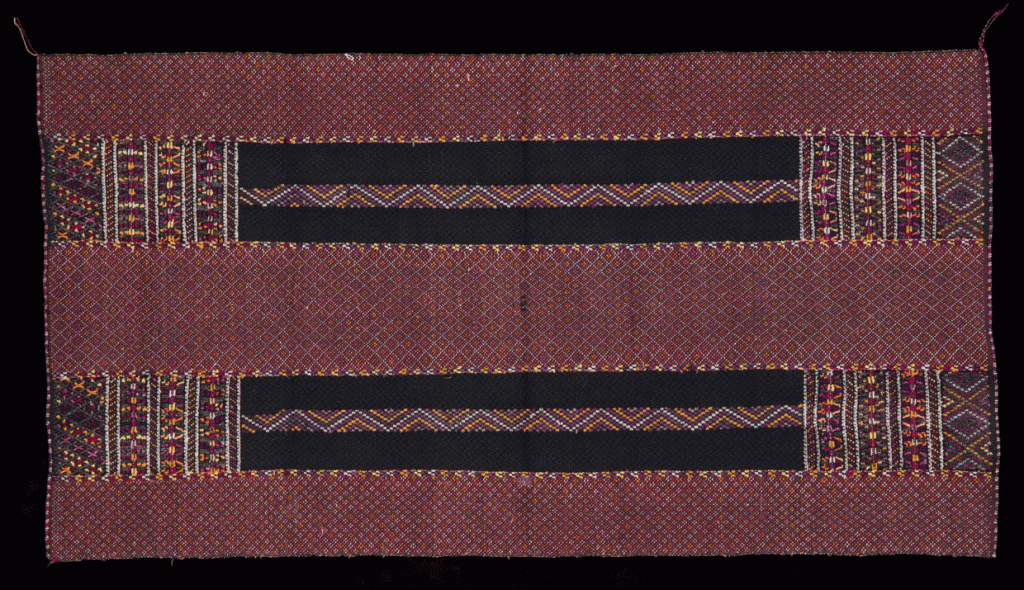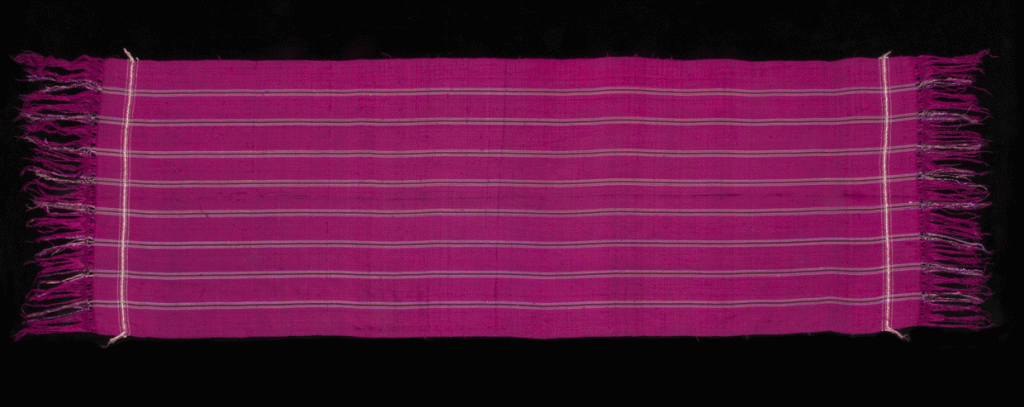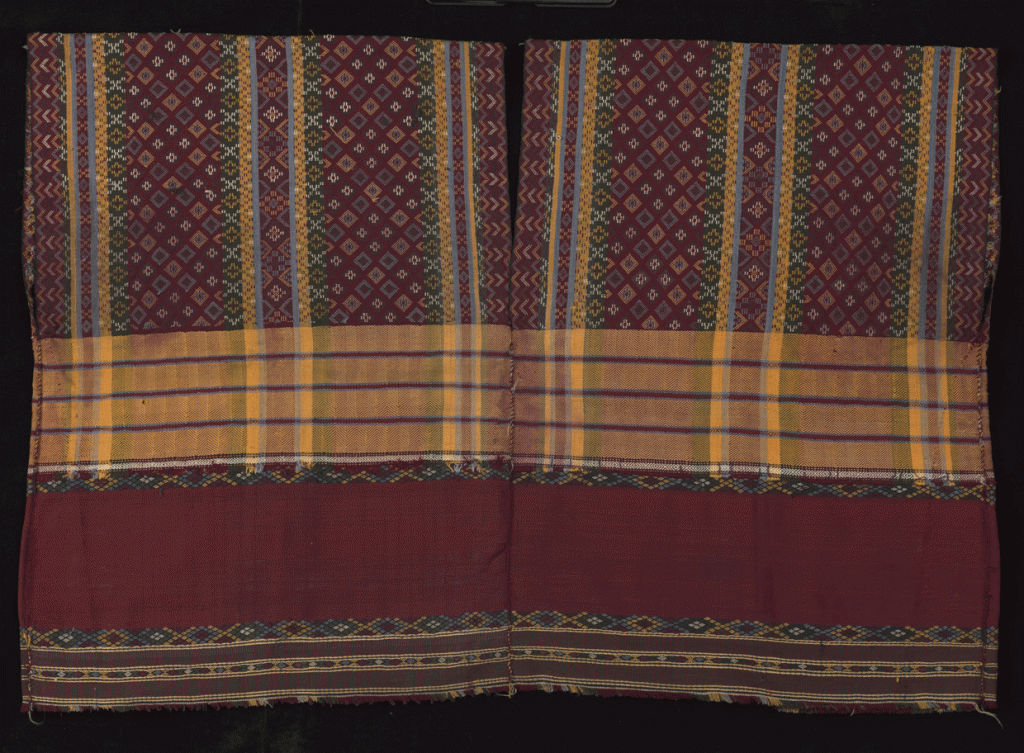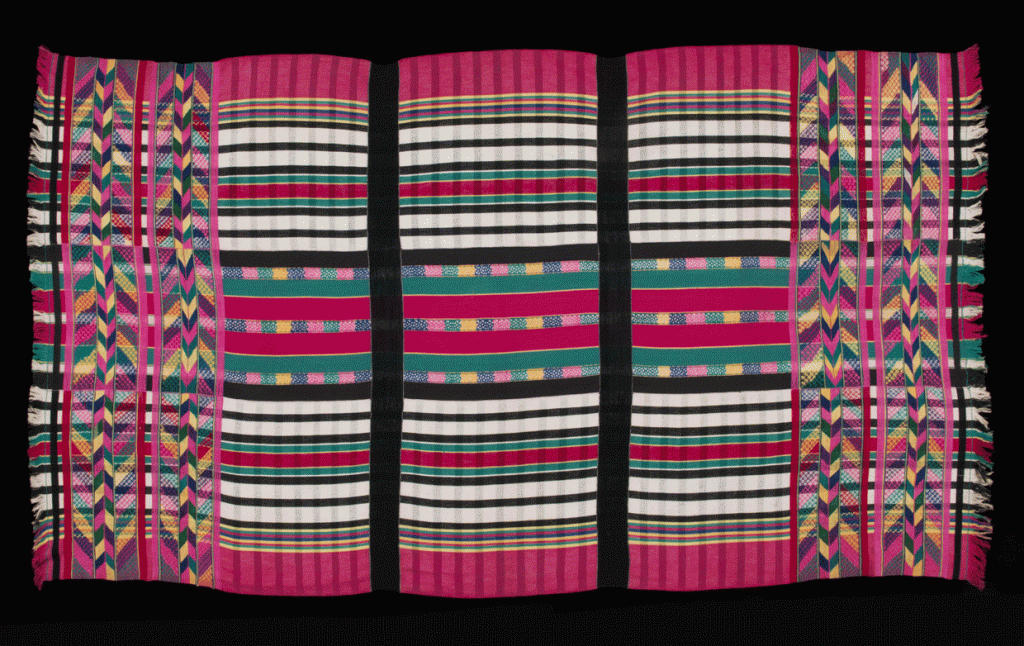The Galleries at Rowan presents
In/Dwelling: Meditations on Built Environments as Cultural Narrative
February 22 – April 14, 2016
Introducing our new location 301 High Street, Glassboro New Jersey
Artist’s talk and reception Thursday, February 25, 5 – 8 pm
Rowan University Art Gallery at High Street explores built environments, both external and internal, as emblems of a cultural past, present, and future with In/Dwelling: Meditations on Built Environments as Cultural Narrative. The exhibition is on display from February 22 to April 14, with an artist’s lecture and reception onFebruary 25 from 5:00 – 8:00 p.m.
We are compelled to imagine a time when architectural spaces and objects were new representations of manufacturing, design, and aesthetic tastes and trends. The urban / suburban motifs have time and again provided artists with the perfect vehicle in which to explore universal topics such as: the complexity of infrastructure, commerce, demographics, and identity as inspiration to create new work. In this exhibition the participating artists imbue architectural structures and domestic objects with interpretations of historical experiences, social customs, and emotional memories as a cultural narrative. Artists include Philadelphia based artists: Lewis Colburn, Ben Grasso, Kay Healy, Erin Murray, and Miriam Singer. Chicago based artist Ann Toebbe, and New York based artist Brian Tolle. A work by Louise Bourgeois is included courtesy of the gallery permanent collection.
The catalyst behind the framing of this exhibition concept was the print Femme Maison, 1984, by Louise Bourgeois from the gallery collection. Femme Maison, which means both “woman-house” and “house-wife,” is one of Louise Bourgeois’s most famous motifs. For the artist, who was raised in France, the home was closely connected to female identity. By combining residential architecture and the curvaceous female body, Bourgeois portrays a woman who is obscured and entrapped by the domestic realm that she simultaneously supports.
The selected artists for this exhibition approach domesticity, architecture, and everyday objects from singular and accumulative perspectives. Brian Tolle creates a cross-wiring of reality and fiction in his sculptures and installations and blurs the border between the contemporary and historical with recurring themes of architecture, site, and technology. Lewis Colburn, of Philadelphia, sees objects as unreliable tour guides. He investigates ways in which we re-interpret and re-tell the past through the filter of our current experience. Ben Grasso, of Brooklyn, NY, presents a re-imagining of what actually exists and recasts these things in new terms creating a re-alignment of logic that makes plastic the anxiety underlying objects in the world through his painting. Miriam Singer, looks perceptually at multiple locations in Philadelphia and expresses the fragmentation of a fictional city as a collage of noise, pattern, and density.
By recounting memories of unique, collective, or habitual memories these artists investigate identity and history through interior and exterior experiences. Kay Healy, a Philadelphia based artist, creates large-scale screen printed and stuffed fabric furniture based on other people’s descriptions of their childhood homes and investigates how we relate to objects and cope with the fact that there is no way to truly return home. Ann Toebbe, a Chicago based artist, creates meticulous paintings using reconstructed memory and multiple perspectives to depict domestic and architectural spaces in cut-out paper doll fashion. Erin Murray, of Philadelphia, relates to buildings and built forms as being understood to represent our physical body, our cultural history, our economic reality, and our long-formed habits.
Brian Tolle, from New York, offers a lecture on February 25. He has completed several public art installations in New York, including the Irish Hunger Memorial in New York City. He has exhibited around the world and his work is included in numerous museum collections. He holds a B.A. in Political Science from SUNY at Albany; a B.F.A. from Parsons the New School for Design, NY; and an M.F.A. from Yale University in New Haven, CT.
The lecture will be presented at Westby Hall Room 111 beginning at 5:00 p.m. A reception follows at 301 High Street in Glassboro at 6:00 p.m.
Shuttle vans will be provided for guests traveling from Westby Hall to High Street. Return service will not be provided, but High Street is only a 15-minute walk away. Free public parking is available on High Street and neighboring streets. Municipal parking areas are available off Lake Street (behind Little Beefs Deli) and near the Barnes and Noble shopping complex between New Street and Rowan Blvd.
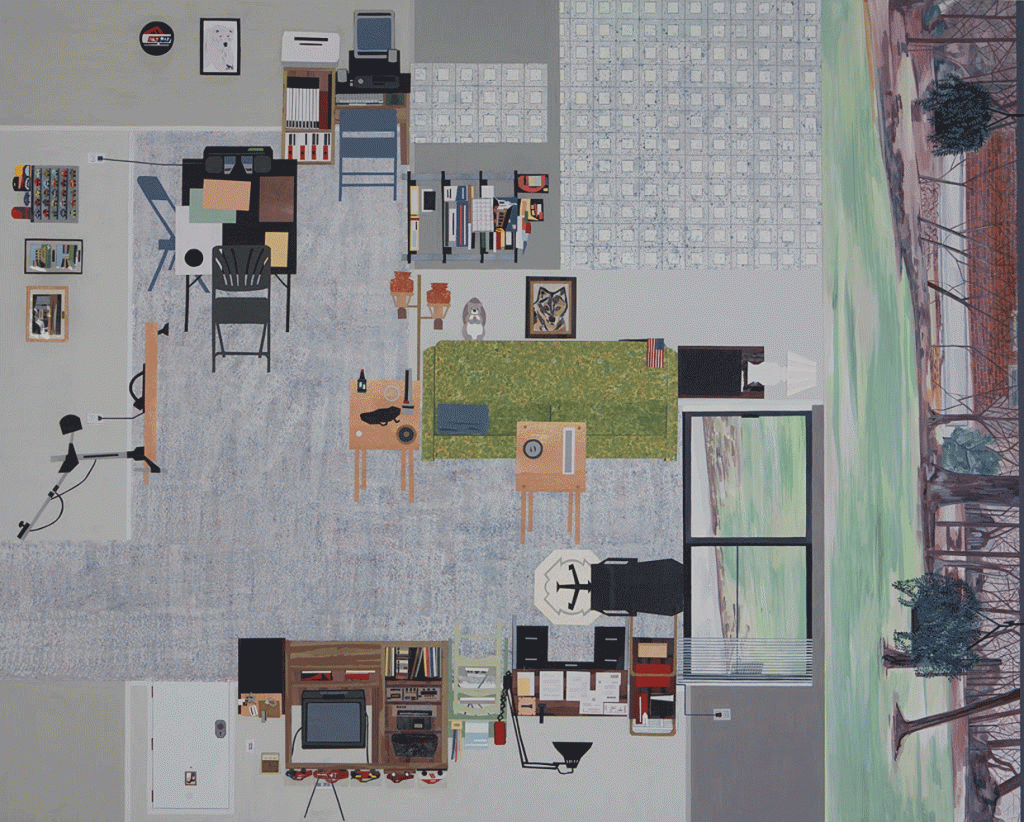 Images: top, Brian Tolle, Outgrown, platinum silicon rubber, toys. Courtesy the artist and CRG gallery. Bottom: Ann Toebbe, Jim’s Apartment, paper, gouache and pencil on panel.
Images: top, Brian Tolle, Outgrown, platinum silicon rubber, toys. Courtesy the artist and CRG gallery. Bottom: Ann Toebbe, Jim’s Apartment, paper, gouache and pencil on panel.
Thank you to Rowan University Art Gallery for the content of this post.
Like DoNArTNeWs Philadelphia Art News Blog on facebook
Follow the new DoNArTNeWs.com
Follow DoN on Twitter @DoNNieBeat58
DoNArTNeWs on Tumblr
@donniebeat on Instagram
Affiliate Marketing [disclosure page] Shop on-line and help support DoNArTNeWs
Donate via safe and secure PayPal in the sidebar.

